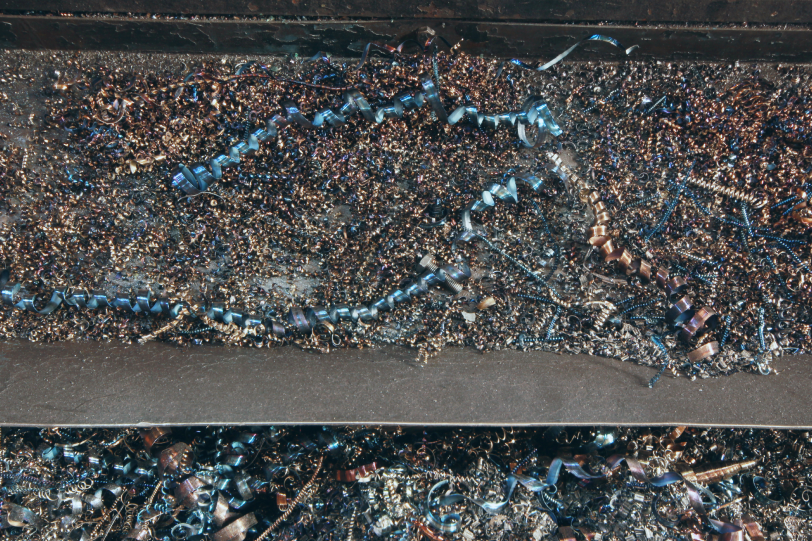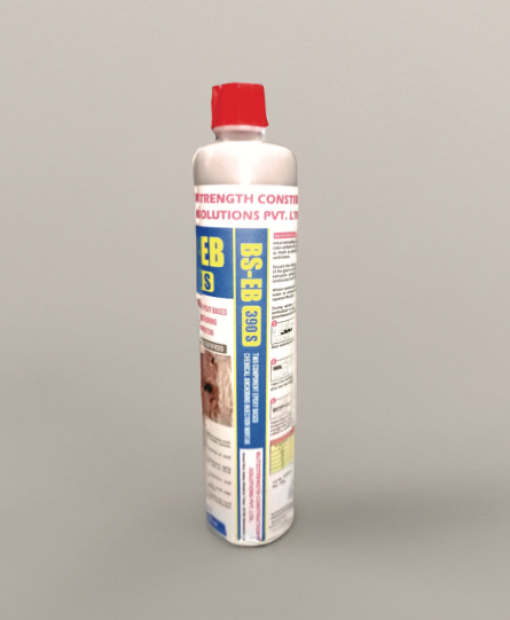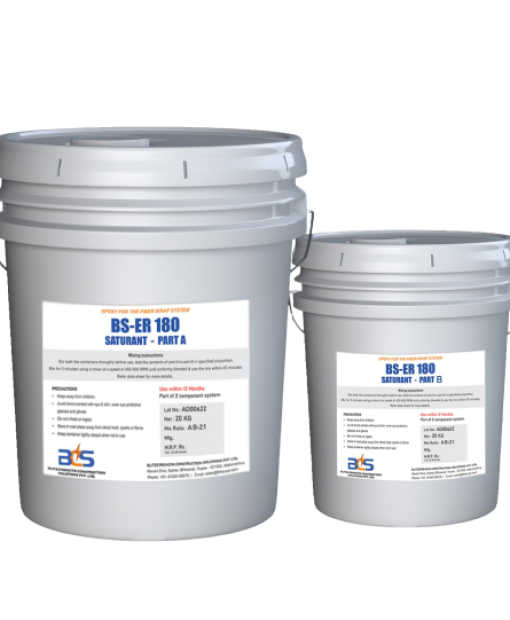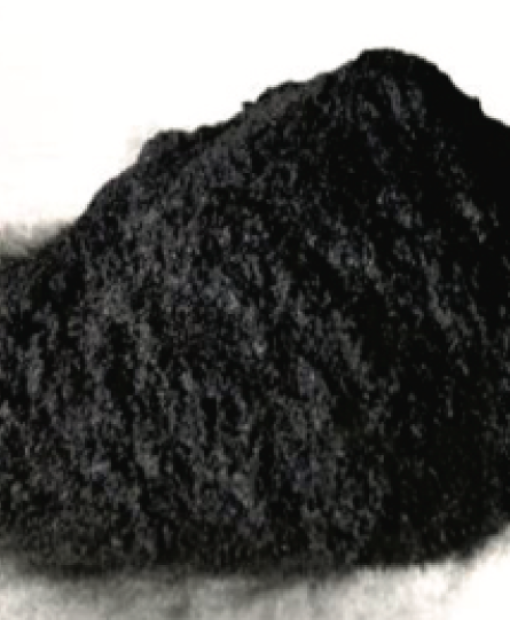Carbon Fiber Laminates (CFRP)
Products
- Unidirectional Carbon Fiber Fabrics
- Bidirectional Carbon Fiber Fabrics
- Carbon Fiber Plate For Reinforcement
- Carbon Fiber Rebar (CFRP)
- Carbon Fiber Laminates (CFRP)
- Chopped Carbon Fibre Strands
- Carbon Fiber Powder
- Epoxy Resin For Fabrics
- Prepreg Carbon Fiber Fabric
- Chemical Anchoring & Rebar Grouting Epoxy
- Epoxy Putty For Surface Preparation

Get In Touch With Us
+91 9702035271
Overview
Carbon Fiber Laminates (CFRP), also known as carbon fibre reinforced polymer (CFRP) laminates, are composite materials made of thin layers of carbon fibre fabric or prepreg (pre-impregnated) sheets bonded together with a polymer resin matrix, typically epoxy. These laminates are renowned for their exceptional strength-to-weight ratio, stiffness, and corrosion resistance.

CFRP laminates are used extensively in various industries, including aerospace, automotive, marine, and civil engineering, for applications requiring lightweight and high-performance materials. They are utilised in structural components such as beams, panels, and skins to enhance strength, stiffness, and durability while reducing overall weight.
Properties
- High Strength: Exhibit exceptional tensile strength, making it stronger than many metals while being much lighter in weight.
- Lightweight: They are significantly lighter than steel or aluminium, contributing to weight reduction in structures and components.
- Corrosion Resistance: They are highly resistant to corrosion, making it suitable for use in harsh environments such as marine or chemical industries.
- High Stiffness: They have high modulus of elasticity, providing excellent stiffness and rigidity to structures.
- Fatigue Resistance: Shows excellent fatigue resistance, maintaining its mechanical properties even after prolonged cyclic loading.
- Dimensional Stability: They have low thermal expansion coefficients, maintaining their shape and dimensions over a wide range of temperatures.
- Electrical Conductivity: Depending on the resin matrix used, CFRP laminates can be made electrically conductive or non-conductive, allowing for specific applications.
DRY FIBER PRODPERTIES
| TENSILE STRENGTH: | =4900 MPA |
| TENSILE MODULUS: | =240 GPA |
| ELONGATION: | 1.90% |
| YARN TYPE: | 12K CARBON FIBER |
LAMINATE PROPERTIES
| Thickness | 1.4 mm |
| Width | 5cm / 10cm / 20cm |
| Tensile Strength | =2400 MPa |
| Length | 50m / 100m |
| Tensile Modulus | =200 GPa |
| Surface | UD Woven Glossy |
| Elongation | =1.6% |
| Packing | Roll with bubble wrap |
Success Stories
Using carbon fibre laminates has significantly enhanced our structural projects. Their exceptional strength and lightweight nature have allowed us to create more durable and resilient constructions without the added weight. The ease of handling and installation has streamlined our workflow, leading to faster project completion times.
1
1
Our values
Determined to cultivate long-lasting client relationships, grounded in fairness and excellence across all aspects of our operations. Our dedication ensures unparalleled satisfaction and trust.
Quality Assurance
Close Coordination
Customer Satisfaction
Epoxy Putty For Surface Preparation
Chemical Anchoring & Rebar Grouting Epoxy
Prepreg Carbon Fiber Fabric
Epoxy Resin For Fabrics
Carbon Fiber Powder
Main Application
- Aerospace Industry: Used in aircraft structures, including fuselages, wings, and control surfaces, to reduce weight while maintaining high strength.
- Automotive Industry: Incorporated into body panels, frames, and interior components to enhance performance and fuel efficiency.
- Sports Equipment: Utilised in manufacturing high-performance sporting goods such as bicycles, golf clubs, tennis rackets, and hockey sticks.
- Marine Industry: Employed in boat hulls, decks, and masts to provide lightweight and durable solutions for watercraft.
- Construction and Infrastructure: Applied to reinforce concrete structures, bridges, and buildings, improving load-bearing capacity and resistance to environmental factors.
- Wind Energy: Used in the production of wind turbine blades to ensure high strength and durability while keeping the weight low.
- Medical Devices: Integrated into prosthetics, orthotic devices, and medical imaging equipment for their strength and biocompatibility.





